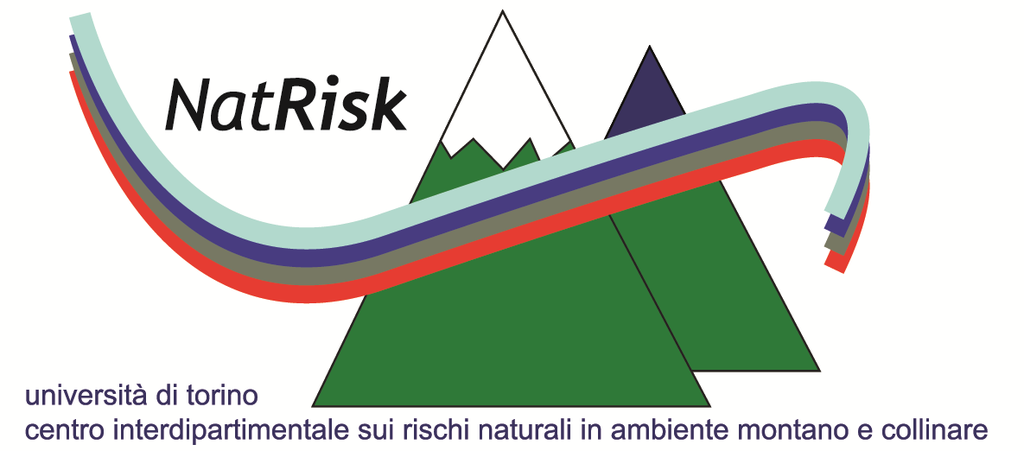You are here
Patterns of biodiversity in the northwestern Italian Alps: a multi-taxa approach
| Title | Patterns of biodiversity in the northwestern Italian Alps: a multi-taxa approach |
| Publication Type | Journal Article |
| Year of Publication | 2013 |
| Authors | Viterbi R, Cerrato C, Bassano B, Bionda R, von Hardenberg A, Provenzale A, Bogliani G |
| Journal | Community Ecology |
| Volume | 14 |
| Pagination | 18-30 |
| Keywords | altitudinal gradient, animal diversity, climate sensitivity, community composition, temperature |
| Abstract | The current loss of biodiversity requires long-term monitoring of the distribution of living organisms, particularly in regions, such as mountains, which are highly sensitive to climatic and environmental changes. |
| URL | http://www.akademiai.com/content/w051326544110211/?p=25fd632c1be94a9e8ccd745c194a60e9&pi=2 |
| DOI | 10.1556/ComEc.14.2013.1.3 |
- Log in to post comments
- Google Scholar
- DOI
- BibTeX
- RTF
- Tagged
- EndNote XML




























